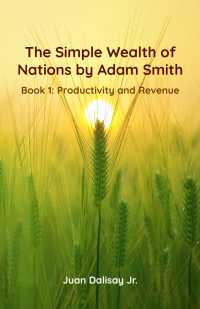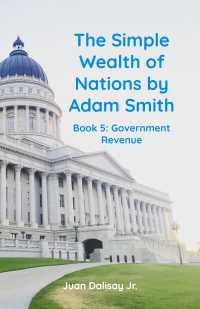Combustion Through Qors and Qosts
4 minutes • 769 words
Table of contents
How Fire Forms
Fire is part of the Radiant Element and is ignited from matter whenever qosts are ejected from matter instantly in large amounts.
This forces the mixture to have 2 factors only:
- qom
- qor
Fire begins when the ratio of the latter becomes superior to the other.
- The qom then submits to the qor by burning (i.e. taking on the movement of the qor).
Flammable and fissile materials therefore naturally have a high ratio of qor relative to qom. For example:
- A flammable thing burns when the sun’s rays are focused on it through a glass or mirror. This increases the thing’s qor ratio relative to qom and qost.
- Striking a flint or volcanic rock creates sparks because it already has few qom on their surfaces
- Dry leaves burn better than fresh leaves because they have less channels for the qosts
Striking wood does not create fire because wood still has a lot of qosts. Rubbing woods aggresively eliminates the qosts quickly, increasing the ratio of qor over qom. This creates heat by liberating heat particles.

Thus, there are 2 general ways to create fire from matter.
- Reducing the qosts in matter
This is done through constant friction or sudden compression.
Rapid compression is seen in “fire piston” experiments wherein a piece of cotton in a glass tube is ignited by compressing the cotton rapidly.
Physicists claim that the ignition is caused by the air being compressed, which then generates heat. This error of this is exposed in slow motion videos of the fire piston which clearly shows the fire starting more commonly at the bottom of the cotton, the part with the most compression.
Space has the inverse ratio to time. This is why the speed of the compression has to be unified and as instantaneous as possible (i.e. use up a lot of space for the least amount of time).
In everyday life, this principle is used in diesel engines wherein a piston compresses the diesel vapors to create explosions without the need for a spark (addition of qor).
- Increase the qor in Matter
Another way is to increase the qor directly in matter. Our earlier example was that of sunlight heating a flammable object, like wood.
In nuclear fission, the increase is done through enrichment wherein fissile Uranium-235 is separated from non-fissile Uranium-238 through a centrifuge. We can say that Uranium-235 is more fissile because it has less neutrons (qoc in Superphysics) and therefore has a better fire-earth ratio.
Suppressing Fire By Adding Qosts
Since the ejection of spacetime particles in flammable materials is one of the two mechanisms for heat and explosions, then it follows that the addition of spacetime will retard or extinguish fire.
The most common way to add qosts is by adding water to a flame. This is because, according to Descartes, water is always surrounded by spacetime particles. In fact, it is spacetime that makes water droplets round. So, adding water to a flame necessarily adds the spacetime that goes with it.
Another way to add spacetime is seen in sonic fire extinguishers which use a low frequency of 30-60 Hertz to put out flames. This is because sound is a property of the pure aether, which is superior to spacetime (qosts).
Experiment
On a flame, we pass dried fig twigs (control) and fig twigs compressed by hammering (variable) to see which ones will light more easily and can stay lit longer.
We find that the compressed ones do. This matches the findings of Hometown Acres.
We then pass the flame through 3 speakers to see which one can extinguish it:
- 60Hz
- 300Hz
- 600Hz
We find that the 60Hz extinguishes it, corroborating the experiment by Robertson and Tran.
Using Superphysics to Disable Nuclear War
Superphysics uses the principles of Nature to solve both small and big problems. One of the biggest problems regarding explosions is the one from nuclear weapons.
In theory, the imposition or rapid addition of spacetime particles can disable a nuclear chain reaction just as sound can extinguish a fire. This could be tested first in nuclear reactors and then in nuclear explosions.
If successful, the technology could be the last and cheapest line of defense against nuclear warheads, since interceptors like the THAAD cost from $800m to over $1b per battery.
At the terminal phase of warhead entry, the target can be identified and the solution can be deployed on the location, ready to anticipate the nuclear reaction.






